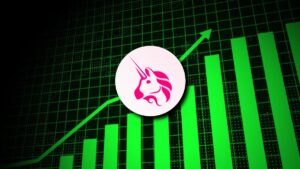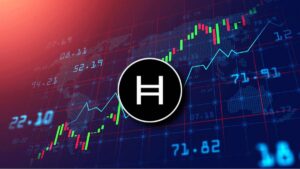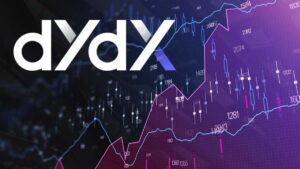TL;DR
- HBAR’s market capitalization surged 43% in Q3 2025, reaching $9.1 billion, while its token price climbed 43.2% to $0.21.
- Hedera’s DeFi ecosystem strengthened, with TVL up 53.4% and decentralized exchange (DEX) volumes nearly doubling.
- Meanwhile, network activity grew, as daily active accounts rose 15.8% and new account creation soared 178%, signaling expanding user engagement.
Hedera’s HBAR token experienced a substantial rebound in Q3 2025, as the network continued to gain traction across decentralized finance (DeFi), stablecoins, and enterprise-grade use cases. The market capitalization reached $9.1 billion, up from $6.4 billion in the previous quarter, driven primarily by a sharp increase in token value and a stable circulating supply of 42.4 billion HBAR.
Transaction fees rose 3.2% in HBAR terms and 39.2% in dollar terms, reflecting higher token prices. Hedera’s Smart Contract Service remained the top revenue generator, contributing nearly half of all network income, while the Token and Crypto Services also saw steady gains.
The DeFi segment emerged as a major growth area, with total value locked (TVL) climbing 53.4% to $113.5 million. SaucerSwap continued to dominate, accounting for more than two-thirds of total liquidity. Average daily transactions remained stable at around 575,000, with usage spread evenly across core network services.
Expanding Ecosystem and HBAR Adoption
Hedera’s progress in Q3 was not limited to metrics. The Wyoming Stable Token Commission selected the network as a candidate for the Frontier Stable Token (FRNT) project, making Hedera the only additional blockchain under consideration for the first U.S. state-issued stable token. This move underscored Hedera’s growing reputation for compliance-ready infrastructure and its suitability for regulated digital assets.

In addition, SALT, a South Korean trading application, launched on the network to support DeFi and MemeFi activity. The app integrates smart routing, gamified rewards, and MPC wallets, aiming to expand Hedera’s footprint in the Asia-Pacific region.
Network upgrades throughout Q3, including versions v0.63, v0.64, and v0.65, introduced enhancements in scalability, developer tooling, and fee optimization. These updates aligned with Hedera’s long-term plan to transition from a permissioned model to a fully permissionless validator network.
With rising staking participation—now at 15.9 billion HBAR—and accelerating ecosystem adoption, Hedera is positioning itself as one of the most robust public ledgers in the market. If current growth trends persist, HBAR could consolidate its standing as a preferred layer for enterprise-grade DeFi and institutional tokenization initiatives heading into 2026.










